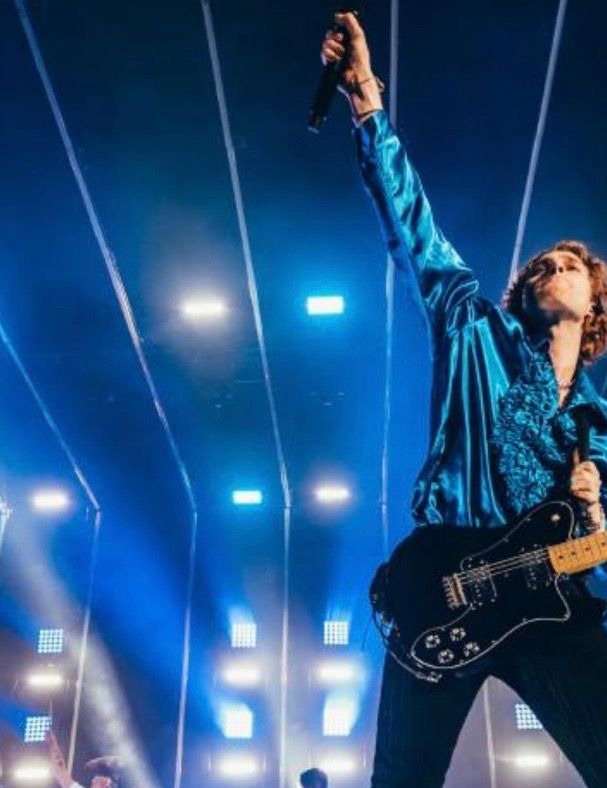Australian pop rockers, 5 Seconds of Summer (5SOS) descended on The Zenith in Paris last month to perform a high octane set to an audience that was so loud, the sound engineers had to plan their show around them. This is a common theme at their shows, I should point out – in Chicago, for example, the audience alone was hitting 120dB(!), which might give you an idea of the Beatlemania-esque excitement that surrounds these four lads from Sydney.
5SOS made their name as somewhat of a YouTube sensation, but rose to international stardom after touring with UK mega-boy band, One Direction, during their 2012 Take Me Home tour. 5SOS have since released three studio albums, headlining three world tours in the process; we’re with their touring team during the band’s current global jaunt, the Meet You There tour, which supports their 2017 hit record, Youngblood. And it’s quite the spectacle.
On arrival at The Zenith, which is located in one of Paris’s nice parkland areas, there were quite literally hundreds of excited teenagers eagerly waiting to get a glimpse of the band – some looked like they’d camped out. This was 2pm, six hours before showtime!
After negotiating a backstage barrier or three, and holding on for dear life to my working pass, I am greeted by system tech for the show, Sam Proctor, who works for Liverpool-based audio company, Adlib, who are looking after this show.
“You made it, then,” Proctor smiles, guiding me up to front of house position. The Zenith has an almost ‘in the round’ feel – it’s as wide as it is deep, and although reverberant, not quite as harsh as an empty arena, despite the drummer’s best efforts, who is relentlessly hammering at his kit throughout this period of ‘downtime’.
I ask Proctor about the setup, and the preparation for a show like this.
“Well, everything is up and plugged in by 12.30, which gives Phil [Gornell, front of house engineer] a chance to do a virtual soundcheck, have a listen to the RF mic, and make sure he is happy; then we have about two to three hours of downtime before we get round to doing a soundcheck.”
It all feels very calm, I mention to Proctor - there’s a lot going on, but no-one seems to be getting in anyone’s way. This, I am assured, is very normal on this 5SOS tour.
“They’re all good guys to work with: the management, tour management, and production team are really friendly and efficient, so everything is pretty smooth, really,” Proctor explains, as we grab a coffee. I ask him about his role as system tech on this tour – and about the evolution of the role in general, especially since PA systems have got smarter, and production levels continue to rise almost exponentially.
“A system tech is able to walk the room, and make sure it’s consistent throughout the venue; so I need to check for anything from standing waves, to reflections going on, whereas the front of house engineer can’t really leave the desk too much,” Proctor says. “Also, the way they’re analysing is with a much more artistic edge; Phil is listening to where instruments fit in, and maybe adding effects on top of things, whereas I am looking for, dare I say it, more of the intelligibility. My job is to make sure everything can be heard properly, without it sticking out too much, as well.
“My working relationship with Phil at front of house is fantastic here, though – we know this system, and our setup, totally inside out.”


